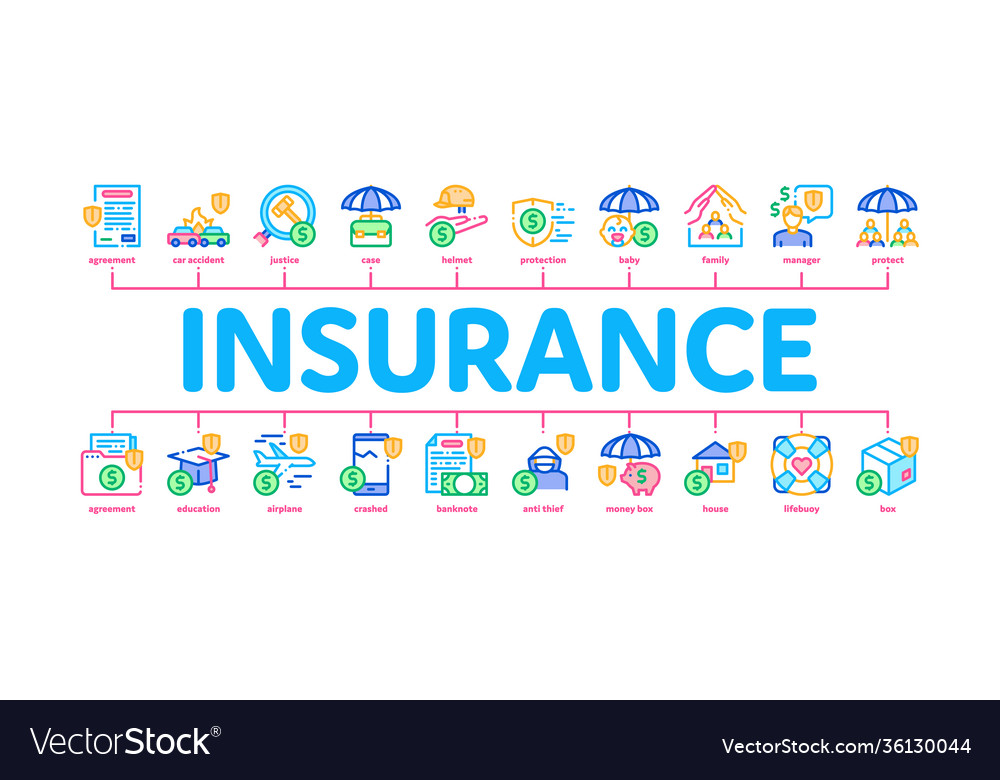Not known Factual Statements About Pacific Prime
Not known Factual Statements About Pacific Prime
Blog Article
Everything about Pacific Prime
Table of ContentsThe Greatest Guide To Pacific PrimePacific Prime Fundamentals ExplainedThe Best Strategy To Use For Pacific PrimeTop Guidelines Of Pacific PrimePacific Prime - Truths

This is because the information were accumulated for a period of solid economic performance. Of the estimated 42 million individuals that were uninsured, just about regarding 420,000 (about 1 percent) were under 65 years old, the age at which most Americans come to be eligible for Medicare; 32 million were adults between ages 18 and 65, around 19 percent of all grownups in this age group; and 10 million were kids under 18 years of age, concerning 13.9 percent of all children (Mills, 2000).
These quotes of the variety of individuals uninsured are created from the yearly March Supplement to the Current Populace Survey (CPS), performed by the Demographics Bureau. Unless otherwise kept in mind, national quotes of individuals without health insurance policy and proportions of the populace with various type of coverage are based on the CPS, one of the most extensively made use of resource of price quotes of insurance policy coverage and uninsurance rates.
About Pacific Prime

Still, the CPS is particularly beneficial due to the fact that it generates yearly quotes fairly swiftly, reporting the previous year's insurance coverage approximates each September, and since it is the basis for a constant set of price quotes for even more than 20 years, permitting analysis of fads in insurance coverage gradually. For these reasons, as well as the extensive use the CPS in various other studies of insurance policy coverage that exist in this record, we rely on CPS estimates, with constraints noted.

The price quote of the number of uninsured people increases when a population's insurance policy condition is tracked for several years. Over a three-year duration starting early in 1993, 72 million individuals, 29 percent of the united state populace, were without coverage for at least one month. Within a solitary year (1994 ), 53 million individuals experienced at least a month without insurance coverage (Bennefield, 1998a)
6 out of every 10 without insurance adults are themselves utilized. Although working does improve the likelihood that and one's member of the family will have insurance, it is not a warranty. Also members of family members with two full-time wage income earners have practically a one-in-ten opportunity of being uninsured (9.1 percent without insurance price) (Hoffman and Pohl, 2000).
Getting My Pacific Prime To Work
New immigrants represent a significant proportion of people without medical insurance. One analysis has actually associated a considerable section of the current growth in the dimension of the U.S. uninsured populace to immigrants that arrived in the nation between 1994 and 1998 (Camarota and Edwards, 2000). Recent immigrants (those who pertained to the United States within the previous 4 years) do have a high price of being without insurance (46 percent), but they and their children represent simply 6 percent of those without insurance nationally (Holahan et al., 2001).
The relationship between wellness insurance policy and accessibility to care here are the findings is well developed, as recorded later on in this phase. The partnership in between health and wellness insurance policy and health and wellness results is neither straight neither simple, an extensive clinical and wellness solutions research study literature web links health and wellness insurance protection to better accessibility to care, much better quality, and improved personal and population wellness status.
Degrees of analysis for taking a look at the effects of uninsurance. It focuses particularly on those without any kind of health and wellness insurance for any type of length of time.
How Pacific Prime can Save You Time, Stress, and Money.
The troubles faced by the underinsured are in some respects comparable to those faced by the uninsured, although they are normally much less serious. international health insurance. Uninsurance and underinsurance, nonetheless, involve distinctly different plan issues, and the methods for addressing them may vary. Throughout this research and the 5 records to comply with, the primary emphasis gets on persons with no medical insurance and thus no aid in spending for wellness treatment beyond what is available through charity and safeguard organizations
Health insurance policy is an effective aspect influencing receipt of treatment because both patients and doctors reply to the out-of-pocket rate of services - https://pacificpr1me-2.creator-spring.com. Health and wellness insurance coverage, nevertheless, is neither necessary nor enough to get to medical services. The independent and straight impact of health insurance coverage on accessibility to health and wellness services is well developed.
Others will get the health treatment they require even without medical insurance, by spending for it out of pocket or seeking it from suppliers who offer treatment totally free or at very subsidized rates. For still others, medical insurance alone does not make sure invoice of care due to other nonfinancial barriers, such as a lack of healthcare companies in their area, minimal accessibility to transportation, illiteracy, or linguistic and social distinctions.
The Buzz on Pacific Prime
Official research study concerning uninsured populations in the United States dates to the late 1920s and early 1930s when the Committee on the Expense of Medical Treatment generated a collection of reports about financing doctor workplace gos to and hospital stays. This problem became salient as the numbers of clinically indigent climbed during the Great Clinical depression.
Report this page